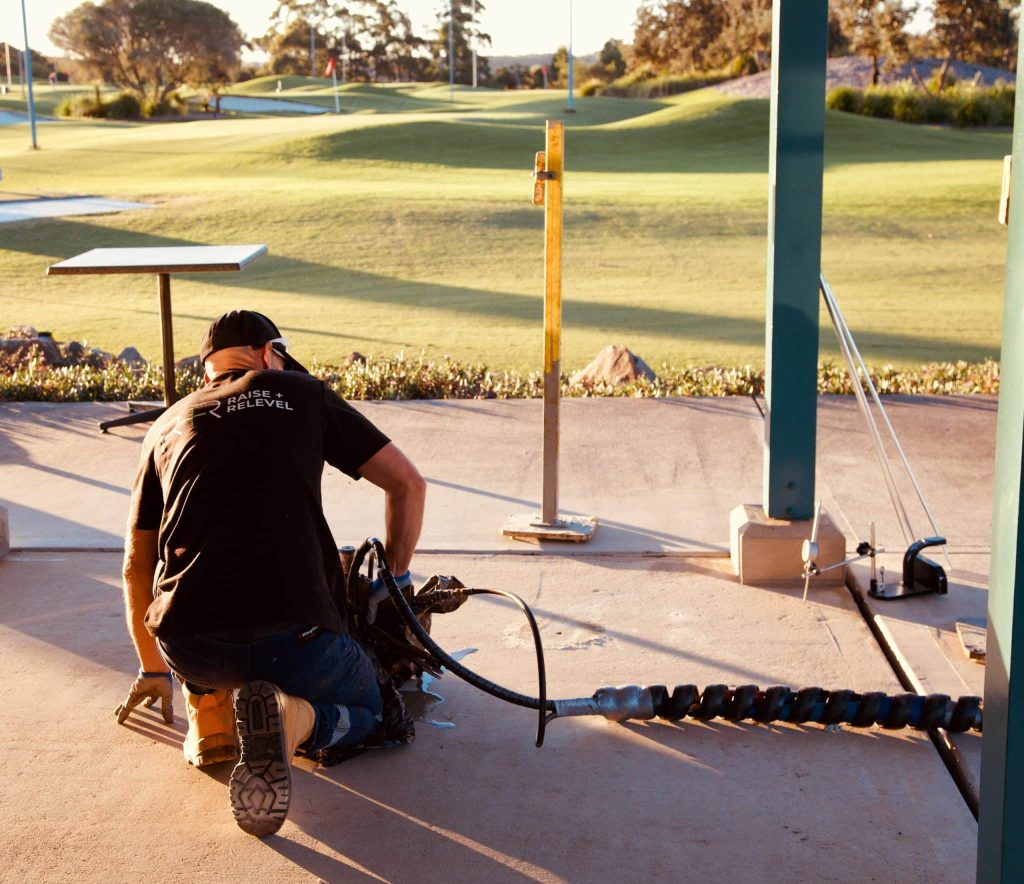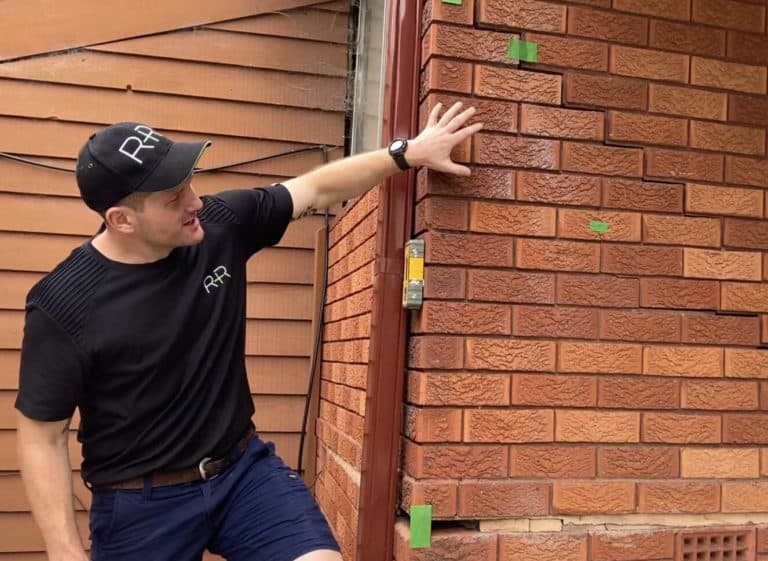Working with concrete is rewarding, though tough work. Sometimes you have to work around problems and find solutions on the fly. One of these problems can include having to fill a void under a concrete slab. If you work in the concrete industry and encounter this problem, you’ll need to know how to fix it. But first, we’ll explore what causes voids under concrete slabs.
What Causes Voids Under Concrete Slabs?
Soil Erosion: One of the most common causes of voids under concrete slabs is soil erosion. This is caused by gaps appearing around concrete slabs, due to poor water drainage. Voids form around the concrete slab and water seeps in. Over time, this can cause damage to the area around the slab and cause integrity problems for the concrete slab foundation.
Soil Settlement: Another common problem that can compromise your foundation’s integrity is soil settlement. When you pour any concrete, the soil that is beneath the slab will need to be compacted completely – if it isn’t, then you’re going to have to perform foundation repair down the road. When you place a concrete slab on top of uneven (or uncompacted) soil, the soil will eventually cause upheaval.
Drainage Problems: Another common cause of voiding under concrete is drainage problems. Whether that’s the ageing of your original concrete slab that has allowed water to pour in beneath the concrete slab or the build-up of hydrostatic pressure (caused by leaking o damaged drainage creating the presence of too much water), causing a void to form under the slab. When getting your slab poured, it is absolutely critical that you ensure that all downpipes, gutters, sewer and stormwater services are functioning properly and that water can drain away properly to avoid having to do slab void repair.
What Should I Look For To Notify Me of a Problem?
There are a couple of tell-tale signs of problems with your concrete foundation. One of them is crack formation. If you start noticing cracks forming in the walls of your building or basement, or in the concrete slab itself, then you most likely have an issue with your concrete foundation (possibly voiding)
Another sure sign of a possible void under your slab is evidence of slab ‘pumping’ or deviation as a loading pass over it.
The presence of mould or mildew in the basement is another sign of voiding. Unless you have a particularly damp basement, to begin with, it’s a safe bet that your concrete foundation is compromised and you’re going to need to get it inspected and repaired ASAP.
How Can I Fix a Void Under My Concrete Slab?
Any voids under the slab will need to be repaired as soon as possible otherwise the slab is likely to crack and fail. This means hiring a professional ground engineering contractor to do the job for you. Depending on how badly the concrete is broken, you may need to replace part of the slab. However, before you reach that stage, there are a couple of different cost-effective slab repair options.
Slab Jacking
The first thing that will happen when a contractor comes to repair your concrete slab is they start to involve drilling holes in the concrete. They will then utilise using filler materials to fill the gaps beneath the slab. This is a minimally invasive procedure. There are two methods of slab jacking that produce great results in filling a void under a concrete slab.
Polyurethane Foam Fill
One of the most popular filling methods is to use a polyurethane foam solution. There are a few steps to this method:
Step 1: Drill small holes in the concrete slab – these are usually ‘pinky finger’ sized holes to allow for the expanding polymer foam to penetrate and fill any voids under the slab. The benefits of using polyurethane foam over slurry fill are three-fold:
- Instant Setting: Polyurethane foam fills the gap and then instantly sets, allowing you to walk on and use the concrete slab immediately, without having to worry about moving it.
- Increase Soil Stability: Expanding foam consolidates both inorganic and organic material when it expands to fill a gap – this creates a stronger bond as a result.
- Non-Erosive Material: One of the main benefits of using polyurethane foam over the slurry mixture is that it is non-erosive – meaning that water cannot penetrate and wear it down over time. This makes it a much more long-term solution.
Step 2: Pump in the polyurethane foam solution, via a specialised resin injection rig (typically a small truck) at varying depths, using specific resin types to treat the nature of the void. Competent ground engineering contractors will also look to achieve ground improvement and any re-levelling required.
Step 3: Use the concrete again! Once your polyurethane foam has set, which should only take a few minutes – you’re good to go!
Slurry Fill (Sand, Water, Cement)
Slurry filling the voids in your cement holes is an older method that uses a sand, water and cement mixture and pumps that into holes that bored through the cement – these are through ‘fist-sized holes, (rather than ’pinky finger-sized) – then waits for that to set.
This setting period can take two to three weeks(!) and isn’t guaranteed to fill every crack, therefore you may still see void effects in your concrete slab. While void filling in this way is more cost-effective initially, it isn’t a surefire fix and may lead to more costs down the road. This is therefore a less efficient method of slab repair.
If you want to know more, get in touch with our team at www.raiseandrelevel.com to discuss your concerns or requirements.




